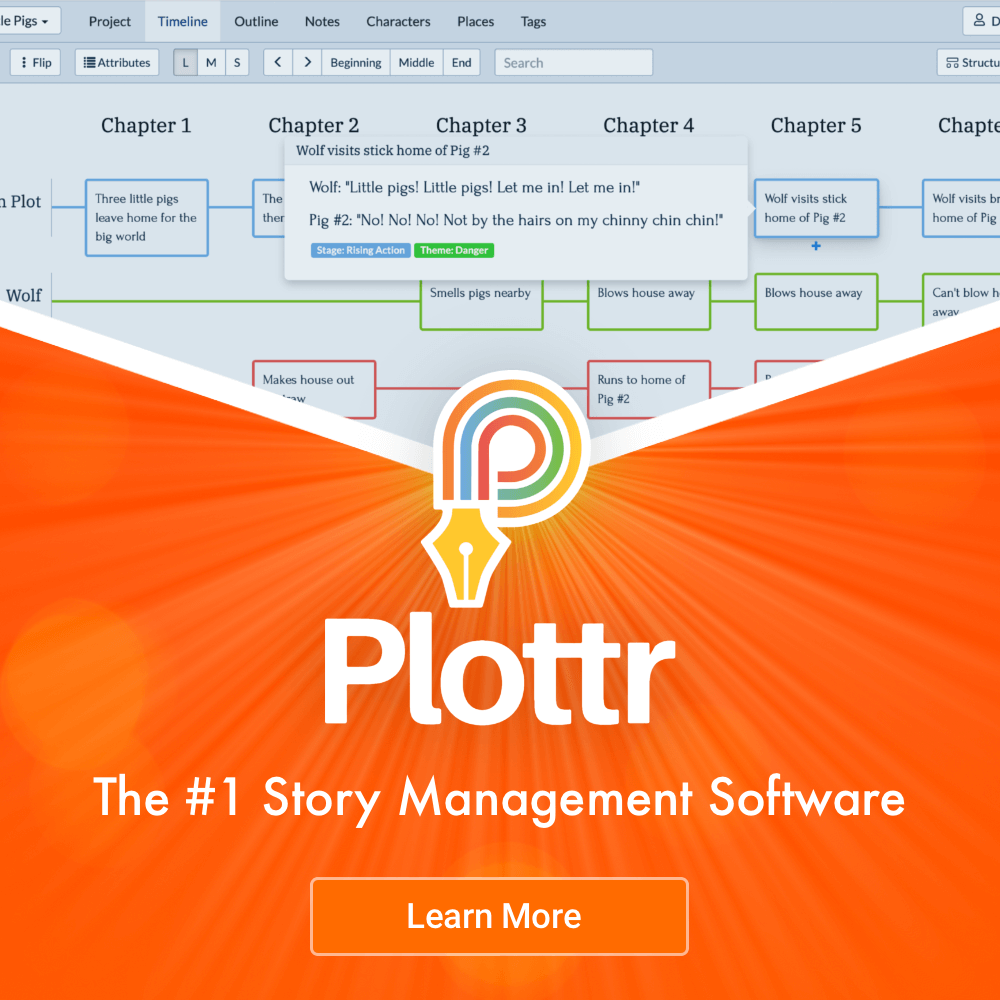Stephenie Meyer, George R.R. Martin, Phillip Pullman, Suzanne Collins and J.K. Rowling. What do all these authors have in common? They have all written a series of books that can be sold as a boxset! Packaging a collection of multiple books together as a single purchase offers significant advantages for both authors and readers. Let’s look below at how to create a digital boxset so that you, as a self-published author, can maximize reach, revenue, and reader engagement!
What Are the Benefits of Digital Boxsets?
Cost-Effectiveness
Everybody loves a bargain.
Buying a boxset is often more economical than buying individual books, and your readers will feel great about making their purchase if they feel like they have made a savings. By building a boxset, you can create a higher-value product that may attract budget-conscious readers and those looking to invest in a larger collection.
Reader Engagement
Boxsets offer readers an immersive experience, allowing them to read from book to book without leaving the ‘world’ they have found themselves mesmerized by. There’s no need to pause reading to go online and purchase the next book in the series; it’s already waiting as soon as the reader finishes those last words on the page.
This Is the Easy Bit
You’ve already put the hours and hard slog into writing each book – now you should reap the rewards of selling multiple books at once!
Let’s check out a couple of pros and cons of digital boxsets.
Digital Book Boxsets
Pros
- Lower Costs: Digital boxsets eliminate the need for printing, shipping, and physical storage, making them much cheaper to produce than physical books.
- Instant Accessibility and Immediate Delivery: Readers can instantly purchase and download digital boxsets.
- Global Reach: Digital boxsets can be sold worldwide without international shipping, expanding an author’s potential market.
Cons
- Device Requirement: Readers need a compatible device and access to digital platforms.
- Discoverability Challenges: With the vast number of digital books available, standing out in the crowded digital marketplace can be difficult.
- Lack of Physicality: Some readers prefer the tactile experience of holding a physical book, which digital versions cannot provide.
If you think digital boxsets are the way forward for you as a self-published author, we have compiled an easy, step-by-step guide below.
Creating a Digital Boxset
- Content: Decide which books will be included. Will it be a complete series or a collection?
- Market Research: Analyze similar boxsets in your genre to understand pricing, cover designs, and marketing strategies. You will also need to consider your potential audience.
- Formatting, Editing, and Proofreading: Ensure all individual books have a consistent format. This includes chapter headings, fonts, margins, and overall layout. Create an interactive table of contents that allows readers to navigate easily between books. Even if the individual books have been edited, review the combined document to ensure consistency and catch any errors that might have been missed.
- Designing the Boxset: Consider investing in a graphic designer to produce a professional cover and ensure the cover ties together the different books in the set. Maintain a uniform style for interior elements like chapter titles and page numbers, and consider adding links to related content, your social media, or a link to your website or mailing list.
- Compile and Convert: Use book formatting software such as Scrivener, Atticus, Vellum or the Reedsy BookTool to compile your individual manuscripts into a single file before converting them into the correct e-book format.
- Metadata and Keywords: Write a compelling book description highlighting the boxset’s value. Avoid copying and pasting a description that you have already used for the books in the boxset. Take time to research and include relevant keywords that potential readers might use to find your boxset.
- Price: Determine a price that reflects the value of the boxset but is also competitive within your genre. You may want to consider a discount for your readers who buy the boxset instead of buying the books separately.
- Choose A Platform and Upload: Decide which digital platforms you’ll publish on, such as Amazon Kindle, Apple Books, Kobo, and Google Play Books. Remember that each platform has its own guidelines and formatting requirements, so be sure to research them first and follow them carefully.
And finally…
- Upload the Boxset.
So, what are you waiting for? Use our handy guide to create your first digital boxset!







